Pong Coffee Table
Photos: UNIS Technology
Retro tech is all the rage—witness the revived popularity of vinyl records and typewriters. So why not win the game with something that’s even more retro than the original? Enter this version of Atari’s 1972 Pong, the world’s first commercially successful video arcade game. At first glance, it looks just like regular Pong in a coffee-table cabinet—but look closer: The ball and the paddle are mechanical, driven by magnets beneath the surface. Made by Calinfer under license from Atari, it will set you back US $3,000. Avoid missing ball for high score. — Stephen Cass
Mousr
Photo: Petronics
The life of an indoor cat includes considerable periods of sheer boredom. Sadly, most people don’t much enjoy playing with their cats for more than a few minutes at a time. To help out, there’s Mousr, a $180 robot mouse. You can control Mousr with your phone or switch it to one of its automodes. There’s “stationary,” which consists of mostly tantalizing tail swishing; “wall hugger,” which is exactly as the name suggests; and “open wander,” where Mousr teases your favorite feline with unpredictable movements in open space. Mousr struggles and squeaks when caught, preparing your killer kitties for when a real mouse unwittingly invades their domain. —Harry Goldstein
BatteryStrap
Photo: GoWearTech
It is the curse of smartphones that you’re always in a state of low-grade paranoia about how much battery charge you have. Active professionals frequently rely on external battery packs, but juggling a high-capacity pack while also trying to, say, take a photo can be difficult. So, for the road warriors among you, consider the BatteryStrap, which integrates a 5,000- to 7,500-milliampere-hour battery (typically enough for one to three complete recharges, depending on your phone) into a messenger-bag strap or purse strap, letting you power up while keeping your hands free. (A belt version is also available.) Prices range from $180 to $230. —S.C.
Moonlander 2
Photo: FutureBit
Chances are, these days there’s someone in your life who is really into blockchains. Get them the $50 Moonlander 2. The high-tech equivalent of the lottery ticket you gave as a gift last year, the Moonlander 2 is a USB stick with a fan-cooled ASIC chip dedicated to cryptocurrency mining. The Moonlander 2 is designed for cryptocurrencies that are based on the scrypt function, rather than the SHA-256 function used by Bitcoin, but these cryptocurrencies use a similar blockchain. By default, the device is set to mine Litecoin, which currently has a market cap of about $3 billion. —S.C.
DIY Flashy Flowers
Photos: TechnoChic
Designed to bridge the gap between artsy and techie children, these $25 kits from TechnoChic contain 42 precut petals that can be mixed and matched to create unique paper flower brooches. Then an LED and battery can be added to make them light up. Enough materials are provided for 10 complete flowers per kit, and different kits have different color schemes. No soldering is required—everything is held together with the LED’s legs and clear adhesive tape—and the LEDs have built-in circuitry for flashing multiple colors. —S.C.
µKENBAK-1
Photo: Chris Davis
The Kenbak-1 is why the well-known Altair 8800 is referred to as the first commercially successful personal computer, rather than just the first commercial personal computer. It was released in 1971, and only a handful of machines were sold, to schools. Genuine Kenbak-1 computers are pricey collectors’ items, but you can play around with a re-creation for $75, which uses an Arduino chip to emulate the original discrete logic. The kit was designed by Mark Wilson, but it’s being manufactured by Chris Davis, who makes the excellent Altairduino kit we featured in IEEE Spectrum’s February issue. (Indeed, Wilson partnered with Davis partly as a result of seeing that article!) —S.C.
Lunar Pro
Photo: Quantum AR Technologies
This 120-millimeter-diameter lunar globe from AstroReality manages to put two somewhat overhyped technologies to good use: 3D printing and augmented reality (AR). The $220 globe (which feels very substantial when held) has a finely detailed, raised-relief surface, which was created using NASA data and high-resolution printing. Unlike a typical globe, points of interest aren’t marked. Instead, AstroReality’s AR smartphone app will point out locations via your phone’s screen. Smaller globes are also available for $90 and $40. —S.C.
Books!
Photos: Left: DK Children; Right: No Starch Press
Another entry aimed at younger folk, Coding Games in Python is a good way to get kids started on the most popular language of today: Python. The book takes readers through basic game design and how to leverage game and graphics libraries like Pygame Zero.
Meanwhile, if you can’t afford the Pong table featured earlier, console yourself with The Game Console: A Photographic History From Atari to Xbox, by Evan Amos. (That kind of clever wordplay is why I’m a professional, folks.) In addition to external photographs, exploded views depict the internals of an amazingly comprehensive 86 systems. —S.C.
IEEE Spectrum’s 2018 Holiday Gift Guide
Ideas for all ages and every wallet
26 Nov 2018
4 min read
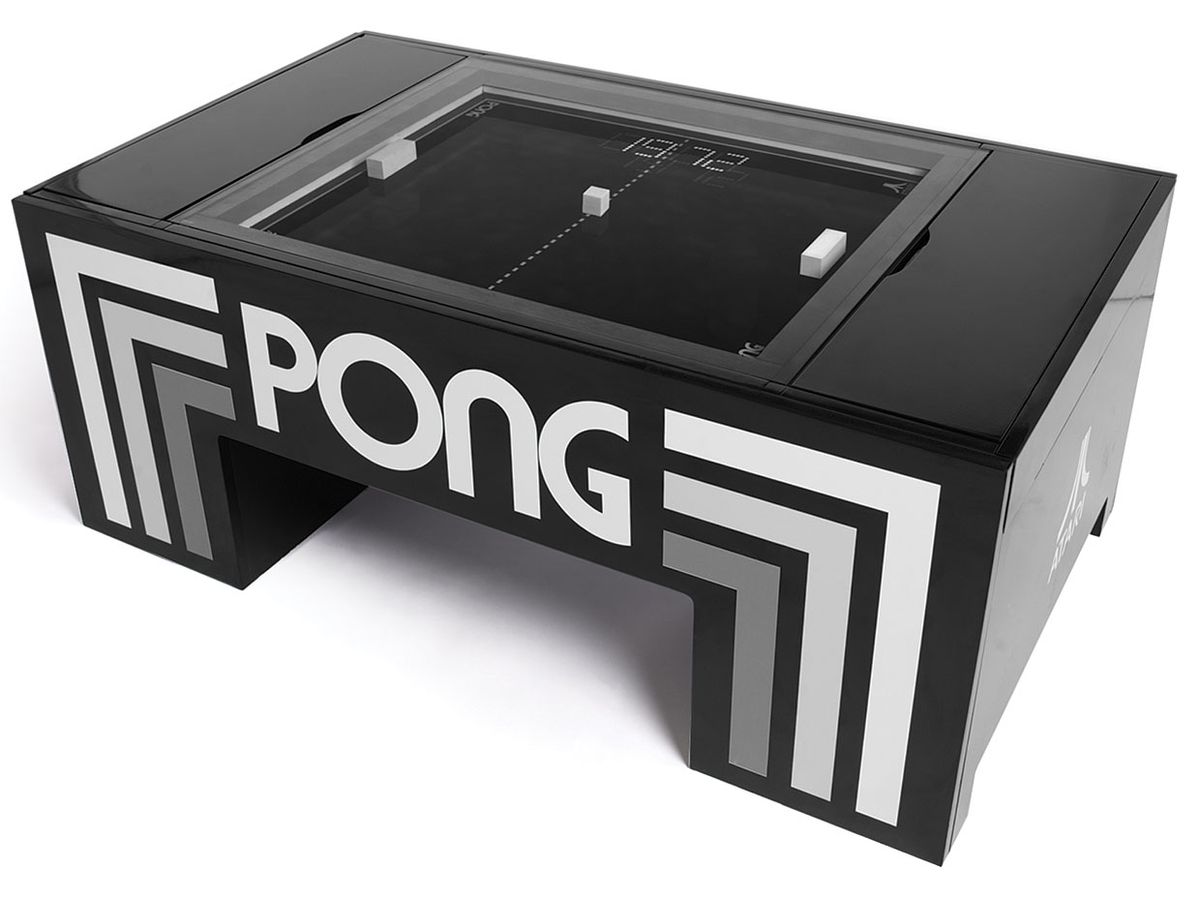
Photo: UNIS Technology
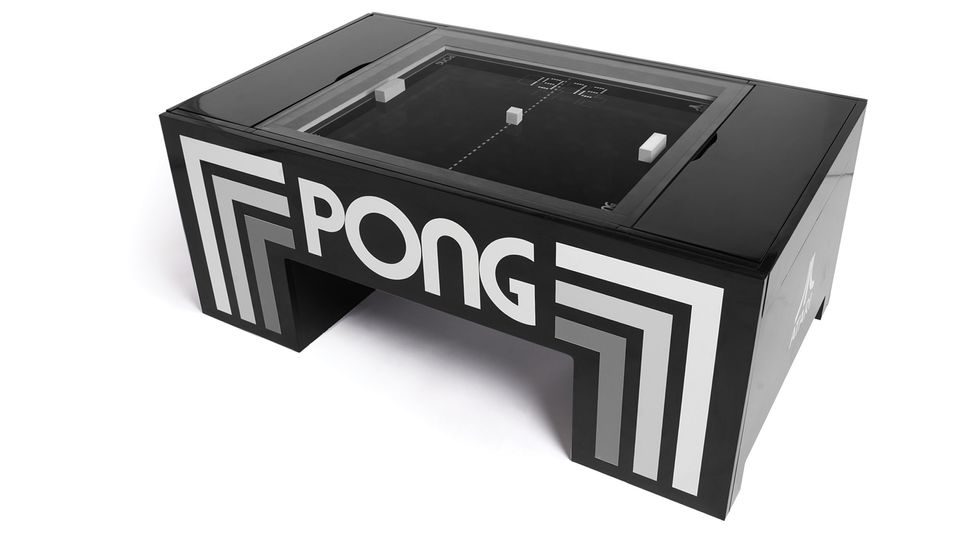
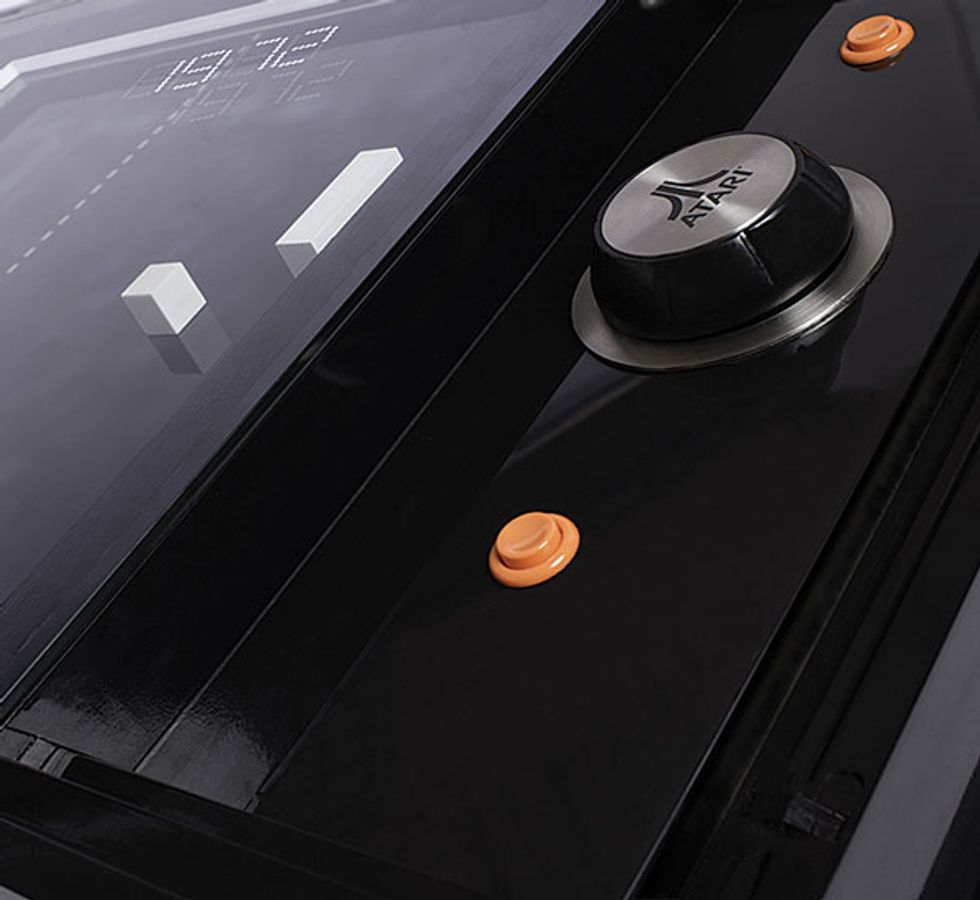
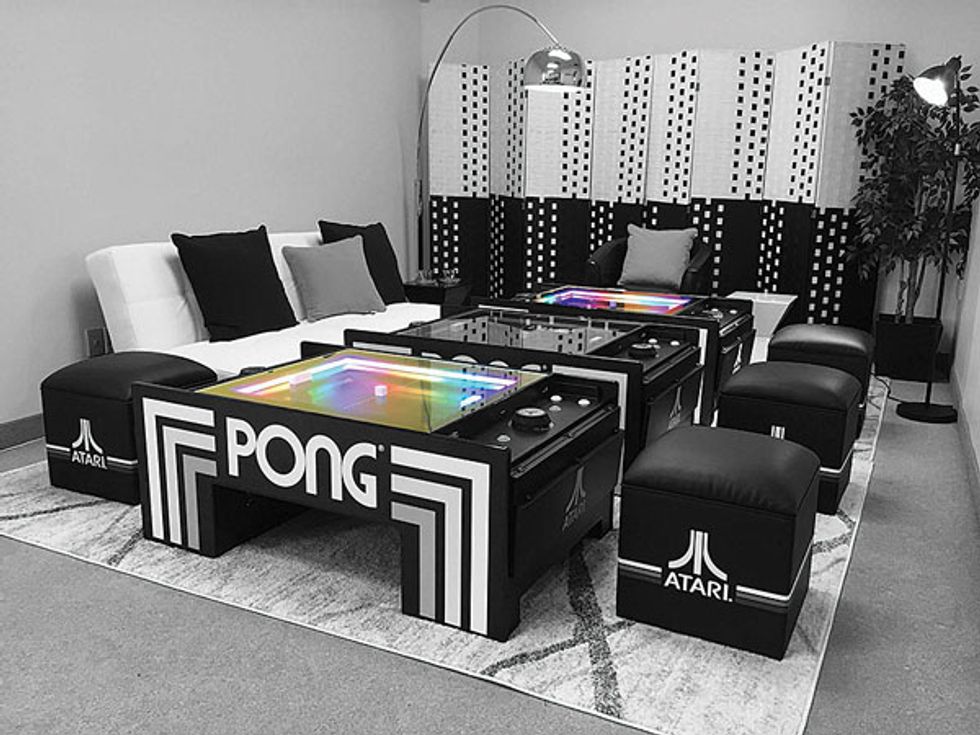 Photos: UNIS Technology
Photos: UNIS Technology Photo: Petronics
Photo: Petronics Photo: GoWearTech
Photo: GoWearTech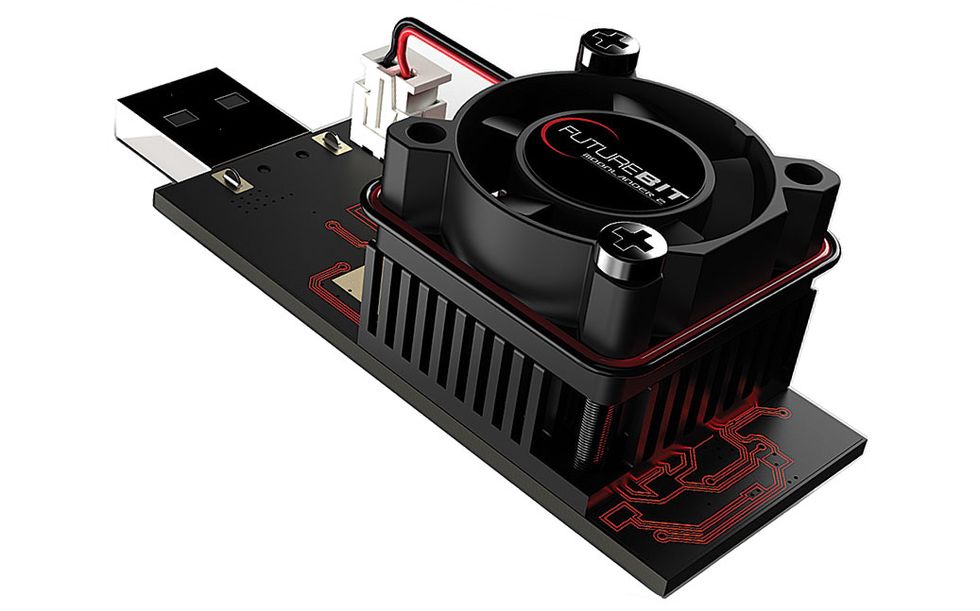 Photo: FutureBit
Photo: FutureBit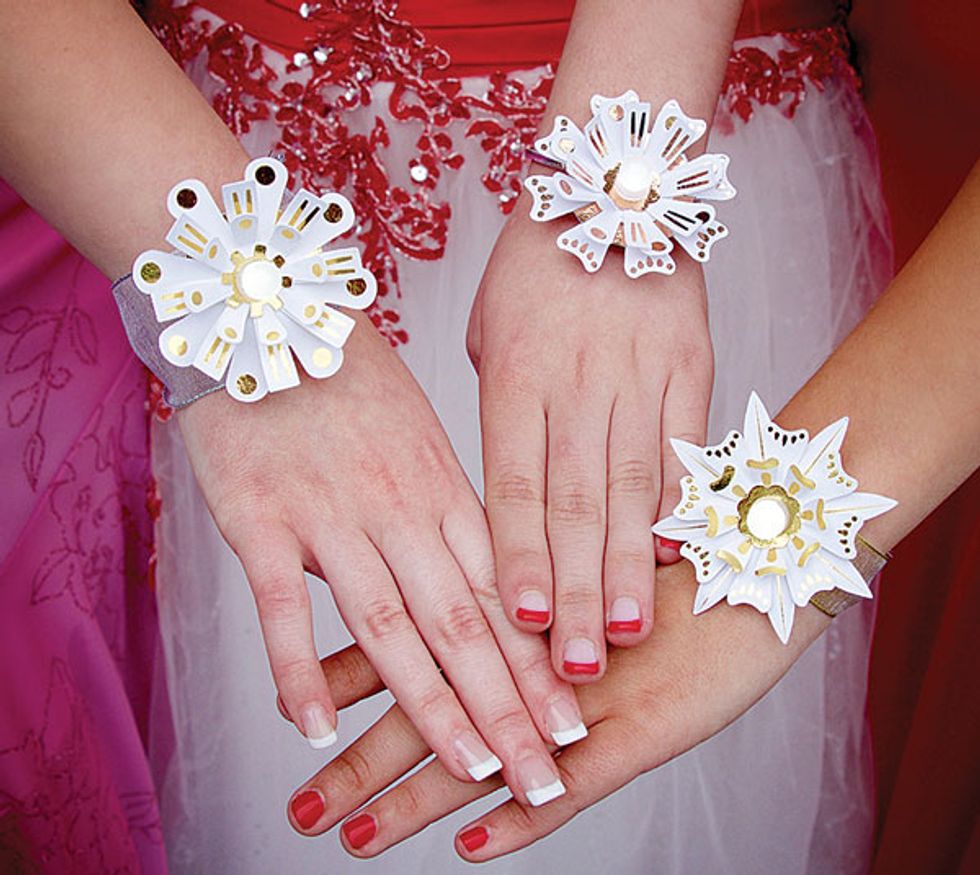
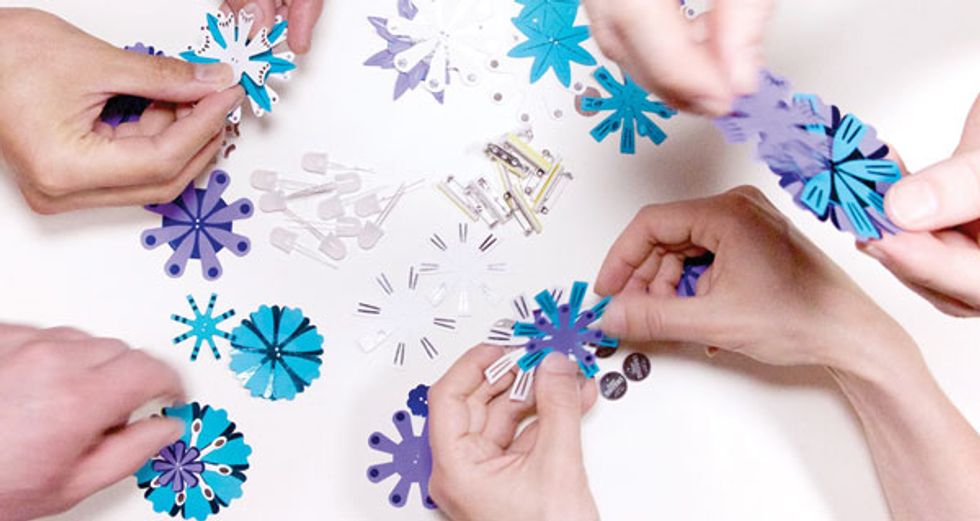 Photos: TechnoChic
Photos: TechnoChic Photo: Chris Davis
Photo: Chris Davis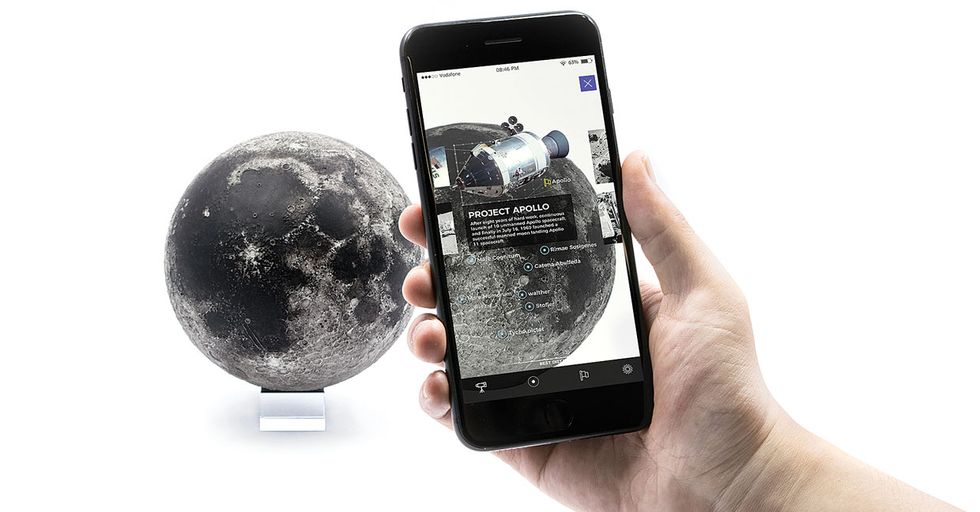 Photo: Quantum AR Technologies
Photo: Quantum AR Technologies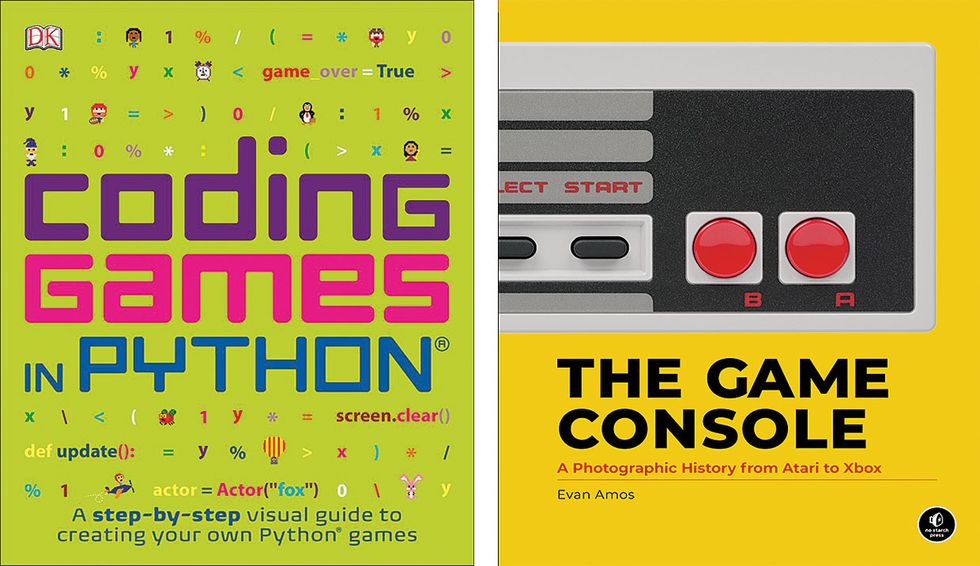 Photos: Left: DK Children; Right: No Starch Press
Photos: Left: DK Children; Right: No Starch Press